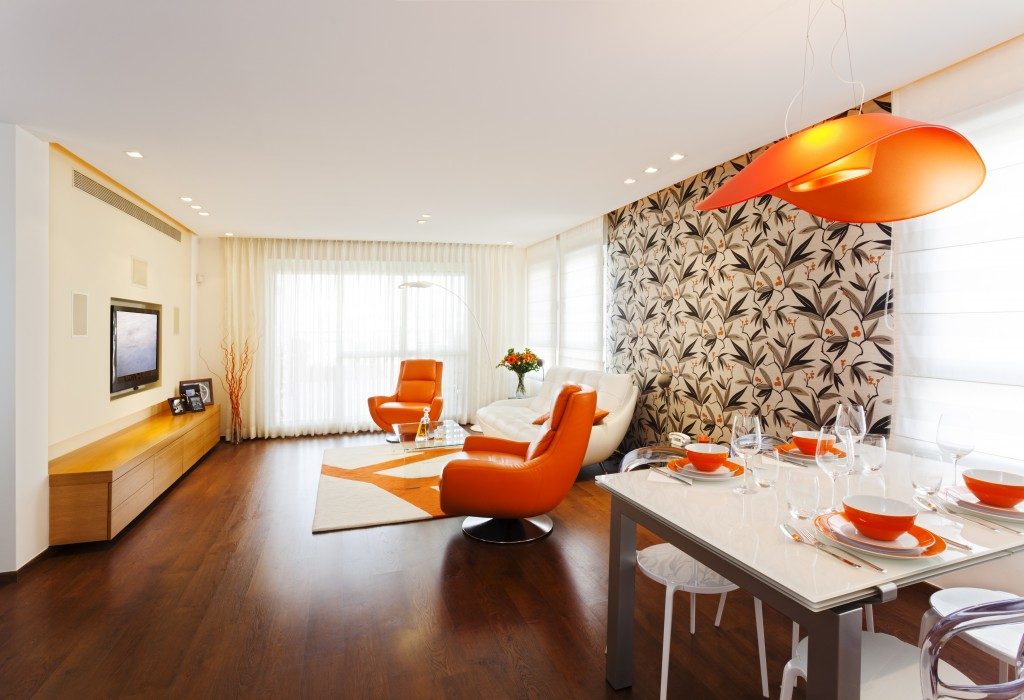- Define your objectives and target audience when designing a shared workspace.
- Choose the right furniture and equipment to cater to diverse needs.
- Create a welcoming environment with natural elements, personalization, team-building activities, and policies that reflect company values.
- Encourage collaboration and networking through open workspaces, discounts, services, and events.
- Design a workspace that is comfortable and productive to ensure success.
Shared workspaces have gained immense popularity over the past few years. And why not? They offer a flexible, cost-effective, collaborative alternative to traditional office spaces. But designing such areas can be challenging, especially when balancing the needs and preferences of different individuals and teams.
This article will discuss some things you must remember when designing a shared workspace. We’ll cover everything from choosing the right furniture to creating a hygienic and comfortable environment.
Define Your Objectives and Target Audience
Before you start designing your shared workspace, defining your objectives and target audience is essential. Are you targeting startups or established companies? What kind of work culture are you trying to promote? Would you offer private offices, open workspaces, or a combination?
Once you understand your objectives and target audience, you can design your shared workspace. For instance, if you’re targeting freelancers and small teams, you can offer hot desks and private rooms that can be booked hourly, daily, or monthly.
Choose the Right Furniture and Equipment

Furniture and equipment are crucial aspects of any shared workspace. You need to choose furniture that is comfortable, durable, and caters to the diverse needs of your target audience. For instance, if you’re designing a space for tech startups, you might want to invest in chairs, workstations with adjustable heights, and whiteboards for brainstorming sessions.
Comfort is another factor to consider when choosing furniture and equipment. However, some think combining comfort and aesthetics can be costly, as ergonomic furniture can be expensive. But you don’t have to break the bank – you can invest in ergonomic office furniture sets with adjustable chairs and desks, which can be customized for individual needs. Instead of buying per piece, a comprehensive set can be easily reconfigured to accommodate different working styles and preferences.
Create a Welcoming Environment
These shared working environments offer fantastic opportunities to meet like-minded people, share ideas and knowledge, and work in an atmosphere that is both motivating and stimulating. However, shared workspaces can also be overwhelming if they are not organized or managed correctly.
Incorporate Natural Elements
Studies have shown that incorporating natural elements, such as plants or natural light, into the workplace can help reduce stress and increase productivity. For example, adding plants to the workspace has been shown to reduce stress levels and increase focus. Introducing natural light into the workspace can help improve employees’ moods and reduce eye strain caused by artificial light.
Encourage Interaction and Collaboration
Shared workspaces provide great opportunities for networking, collaboration and knowledge sharing. Make sure that the workspace you use encourages communication and interaction. Arrange open meetings, networking events, and social evenings to bring people together.
Consider creating a communal area where members can relax and share ideas. This area could provide games, books or magazines. Also, make sure there are opportunities for people to share ideas, showcase their business or collaborate on projects.
Personalize the Space
Allowing employees to personalize their workspace can also help create a welcoming and comfortable space. Encourage employees to add personal touches, such as photos or artwork, to their workstations. This can help to create a sense of belonging and ownership in the space.
Encourage Respect
Ensure that respect is encouraged in the shared workspace. Respect should extend to each member using the workspace, but also extend to the equipment and facilities provided. Create a set of guidelines, which is visible to all users, outlining expected behavior, use of equipment, and how to report any issues. Create opportunities to discuss the guidelines, providing a platform where members can offer suggestions or feedback on areas that need improving.
Encourage Collaboration and Networking

One of the most significant advantages of shared workspaces is the opportunity for collaboration and networking. As a designer, it’s your responsibility to create an environment that fosters these activities.
To encourage collaboration, you can design open workspaces, organize team-building activities, and create common areas where people can interact. You can also partner with local businesses to offer discounts, services, and events exclusively for your workspace members.
Designing a shared workspace requires careful planning and consideration. By defining your objectives, choosing the right furniture and equipment, creating a welcoming environment, encouraging collaboration and networking, and providing flexibility and perks, you can create a productive and thriving shared workspace that caters to the diverse needs of your members.


